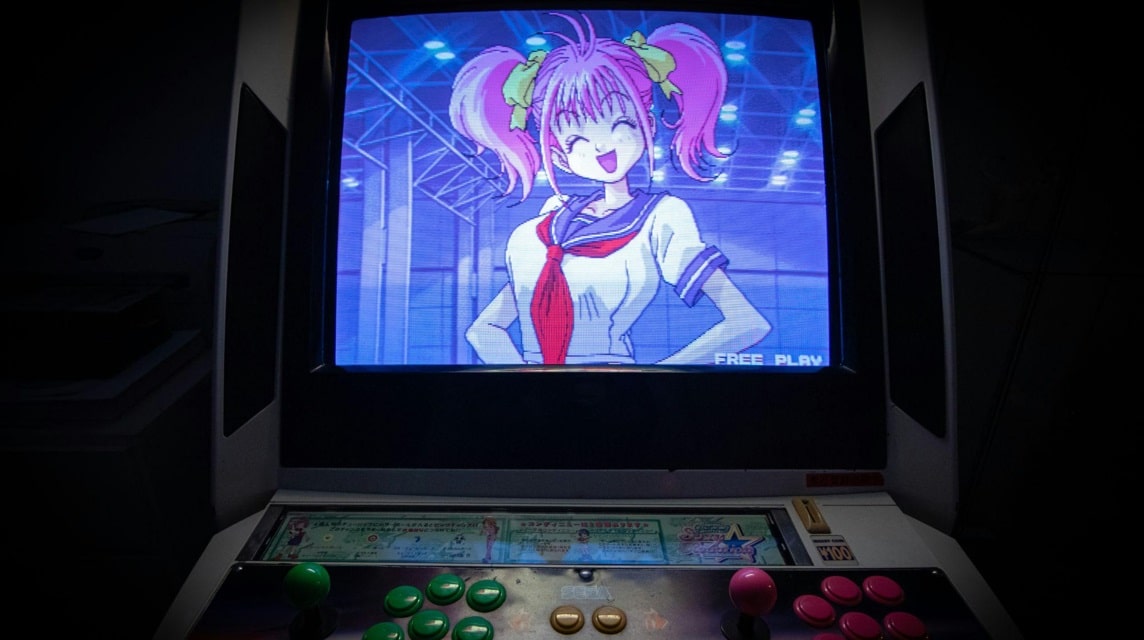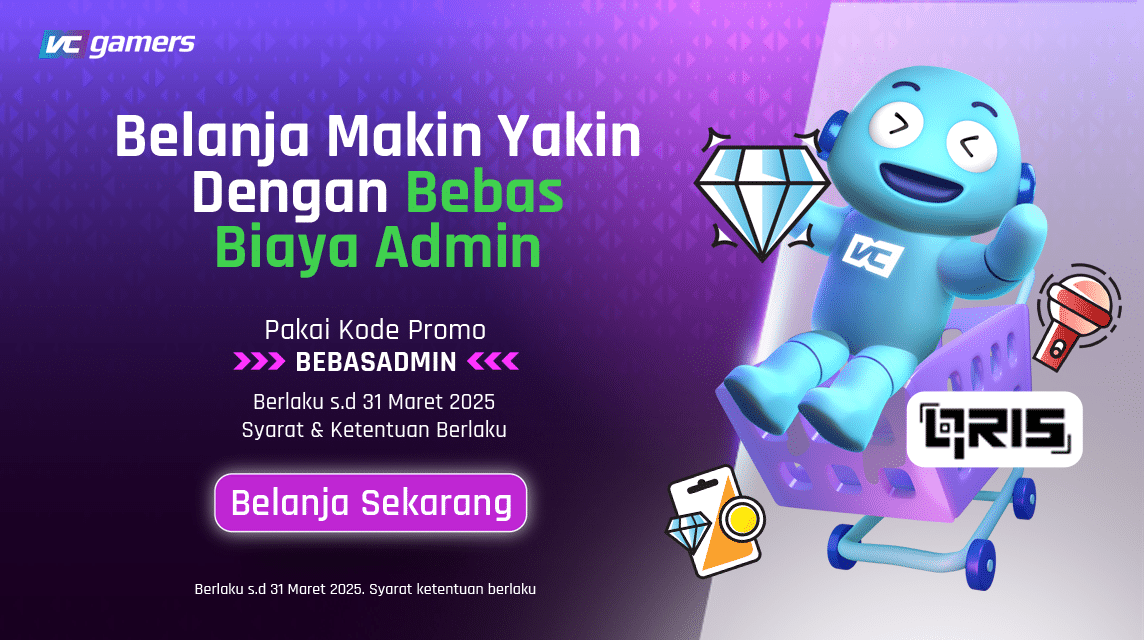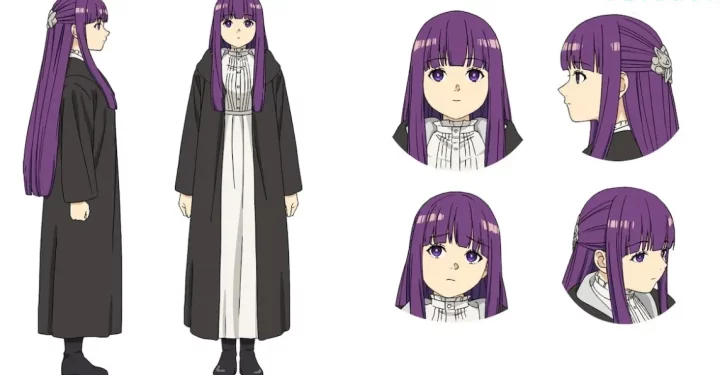Anime, a unique form of Japanese animation characterized by its vibrant art, fantastical themes, and emotionally resonant storytelling, has had a profound impact on various facets of Japanese culture and industry.
From influencing gaming and esports to shaping manga, technology, and gadgets, anime’s reach extends beyond entertainment. This exploration examines how anime has intersected with these sectors and contributed to its global and domestic cultural influence.
Anime and Gaming
Anime’s influence on the gaming industry is profound and multifaceted. Japanese video games have long been characterized by anime-inspired art and storytelling. One notable example is the Persona series, developed by Atlus.
Cheapest MLBB Diamonds!
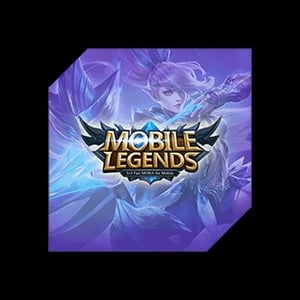

 RudyStorez
RudyStorez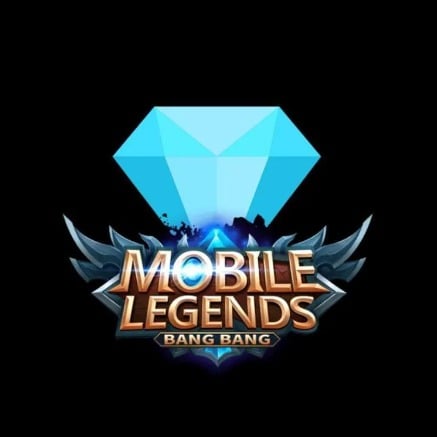

 TopMur
TopMur

 RudyStorez
RudyStorez

 RudyStorez
RudyStorez

 RudyStorez
RudyStorez

 TopMur
TopMur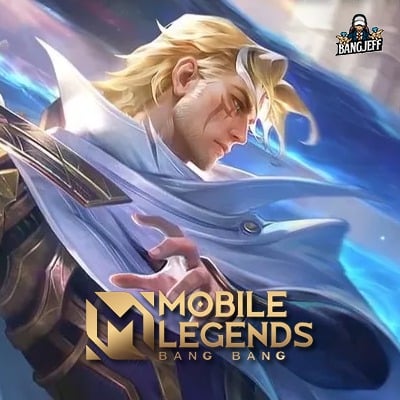

 BANGJEFF
BANGJEFF

 TopMur
TopMur

 TopMur
TopMur

 RudyStorez
RudyStorezPersona 5, released in 2016, integrates anime-style visuals with a deep, narrative-driven RPG experience. The game's success, with over 1.8 million copies sold worldwide, underscores how anime aesthetics and narrative elements resonate with gamers.
The game's unique blend of daily life simulation and dungeon crawling, coupled with its anime-style cutscenes, appeals to fans of both gaming and anime. One more example is the Dragon Ball series, which has transcended its roots as manga and anime to become a major force in gaming. Dragon Ball FighterZ, developed by Arc System Works and released in 2018, exemplifies this crossover success. With its fast-paced, anime-inspired combat and faithful adaptation of the beloved series, it has sold over 2.5 million copies globally.
Anime has inspired numerous skins for many casino games, one in particular is slots, which have near-endless variety, and players can explore these themes on casinos accepting Japanese players, where a new skin can completely refresh the game you're used to playing. The success of these games illustrates how anime’s influence extends into interactive media, enhancing the gaming experience and attracting a diverse audience.
The impact of anime on gaming extends to mobile platforms as well. Fate/Grand Order, a mobile game based on the Fate anime franchise, exemplifies how anime can drive success in the mobile gaming sector.
Released in 2015, the game has generated over ¥500 billion (approximately $3.5 billion) in revenue, showcasing anime's role in propelling mobile gaming to new heights.
Anime and Esports
Anime’s influence on the esports industry is both direct and indirect. Although esports as a competitive field is distinct from anime, the two share overlapping audiences and themes.
Anime series like Sword Art Online and Log Horizon have popularized the concept of immersive online gaming, which has parallels in the real-world esports scene.
Sword Art Online, in particular, portrays a virtual reality MMORPG where players are trapped in a game world, which resonates with the competitive and immersive aspects of esports.
The real-world impact of anime on esports can be seen in how anime-inspired games and themes feature prominently in competitive gaming tournaments. For instance, the The King of Fighters series, which draws heavily from anime aesthetics, regularly appears in esports tournaments. The series’ strong anime influence is evident in its character designs and narrative style, contributing to its popularity within the competitive gaming community.
Anime and Manga
The relationship between anime and manga is symbiotic, with each medium influencing the other in significant ways. Manga, the printed counterpart to anime, is the source material for many popular anime series.
This relationship is particularly evident in the success of manga series adapted into anime. One Piece, created by Eiichiro Oda, is a prime example of this dynamic. Since its debut in 1997, One Piece has become one of the best-selling manga series of all time, with over 500 million copies sold worldwide.
The anime adaptation, which began airing in 1999, has further expanded the series' reach, contributing to its global popularity. Another significant example is Attack on Titan, created by Hajime Isayama.
The manga, which began serialization in 2009, gained immense popularity, leading to an anime adaptation that premiered in 2013. The series' dark themes and intricate world-building resonated with audiences, leading to over 100 million copies of the manga sold and a global fanbase for the anime.
The success of manga in Japan is reflected in its market value, estimated at around ¥500 billion (approximately $3.5 billion) as of 2021. This substantial market size underscores the significant cultural and economic impact of manga, driven in part by the popularity of anime adaptations.
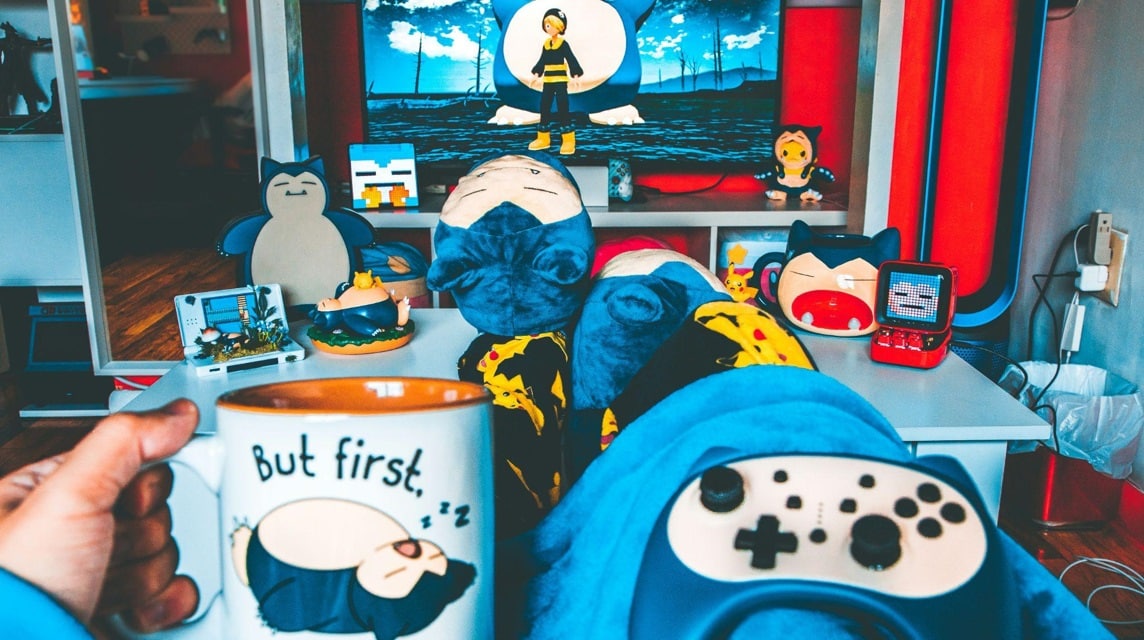
Also read:
Anime and Technology
The demand for high-quality anime has driven innovations in animation technology, leading to advancements that benefit both the anime industry and broader media sectors.
Studio Ghibli, known for its critically acclaimed films such as Spirited Away and My Neighbor Totoro, has been at the forefront of animation technology. The studio’s use of hand-drawn animation combined with cutting-edge digital techniques has set new standards for visual quality in anime.
Spirited Away, which won the Academy Award for Best Animated Feature in 2003, demonstrates how anime’s artistic and technical achievements can garner international acclaim. In addition to traditional animation, anime has influenced the development of virtual reality (VR) and augmented reality (AR) technologies. Series like Sword Art Online, which explores virtual worlds and immersive gaming experiences, have sparked interest in VR and AR applications.
The depiction of VR environments in anime has inspired real-world innovations, with companies exploring how VR and AR can enhance entertainment and user experiences. For example, the success of Sword Art Online has led to real-world VR experiences and games that attempt to replicate the immersive worlds portrayed in the series.
Anime and Gadgets
From limited-edition electronics to collectible merchandise, anime has shaped consumer trends and driven demand for themed gadgets. One notable example is the release of anime-themed smartphones and accessories. Companies, like Bandai and Good Smile Company frequently produce limited-edition products featuring popular anime characters and designs.
For instance, the Pokémon brand has collaborated with various tech companies to release themed smartphones and accessories, such as the Pokémon smartphone case, which caters to franchise fans. These products often become collector’s items, reflecting the strong connection between anime fandom and consumer electronics. Anime-themed gadgets include gaming peripherals, such as custom controllers and headsets designed with anime motifs.
Anime-inspired collectible items, such as figures and statues, contribute to the broader gadget market. The success of figures based on popular anime characters, such as those produced by companies like Good Smile Company and Kotobukiya, highlights the demand for high-quality collectibles among anime fans.
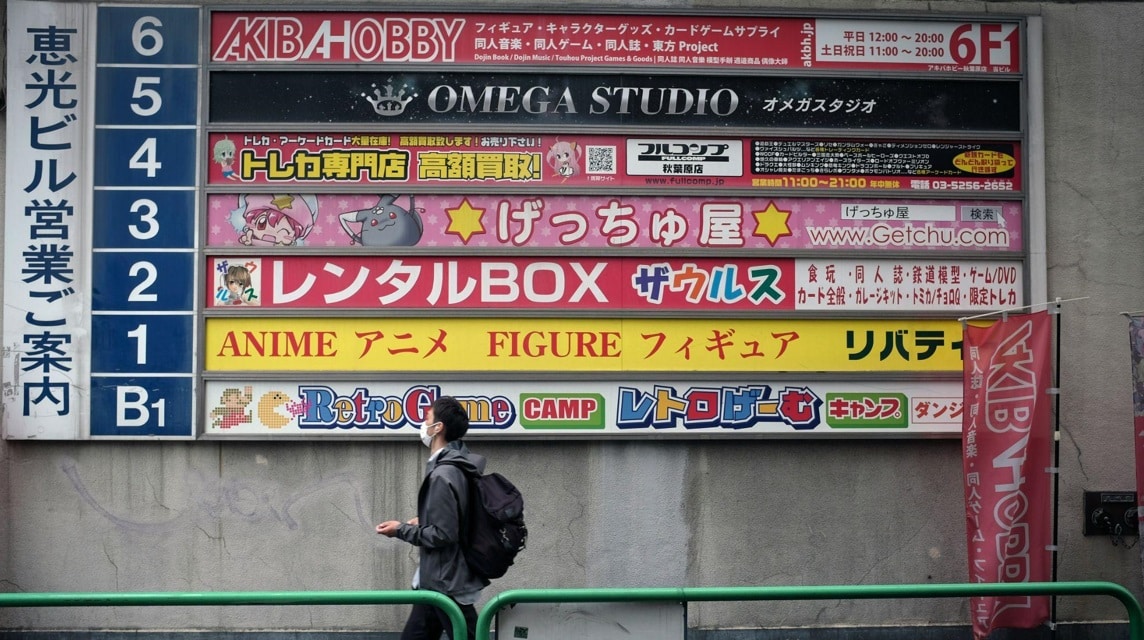
Also read:
The Impact of Anime on Japanese Clothing
Anime, a style of Japanese animation, known for its diverse art forms and storytelling techniques, has profoundly impacted Japanese culture in numerous ways. Its influence extends beyond entertainment, shaping societal norms, fashion, language, and global perceptions of Japan. Anime characters often sport distinctive, imaginative clothing that has inspired real-world fashion.
For instance, the vibrant, eclectic styles of characters from series like Sailor Moon and Naruto have influenced youth fashion in Japan, leading to the popularity of themed clothing and accessories. Cosplay, the practice of dressing up as anime characters, has also become a significant subculture, with conventions and events dedicated to this practice attracting thousands of participants annually.
The Impact of Anime on Daily Lives
Anime’s influence extends to language and communication. Many anime series introduce unique phrases and expressions that become popular among Japanese audiences. For example, catchphrases from series like Dragon Ball and One Piece have entered the everyday conversation, reflecting how anime can shape linguistic trends.
This impact is also seen in the way anime influences the way people discuss and think about various social issues, as many series tackle themes such as friendship, personal growth, and societal challenges.
Culturally, anime has also played a key role in preserving and promoting traditional Japanese elements. Series like Spirited Away and My Neighbor Totoro incorporate aspects of Japanese folklore, mythology, and historical settings, which help to keep these cultural elements alive and accessible to both domestic and international audiences. This not only educates people about Japanese traditions but also fosters a sense of cultural pride and identity.

